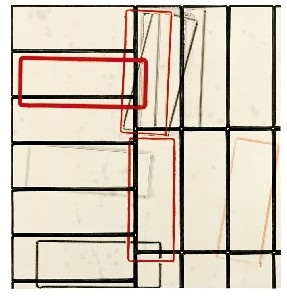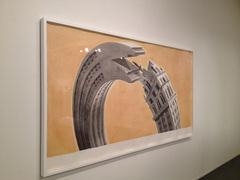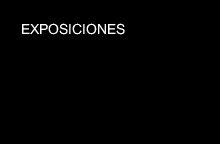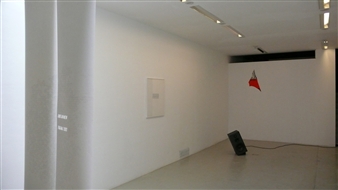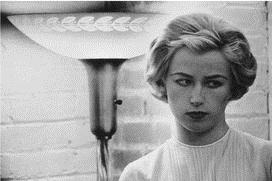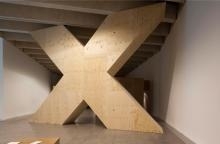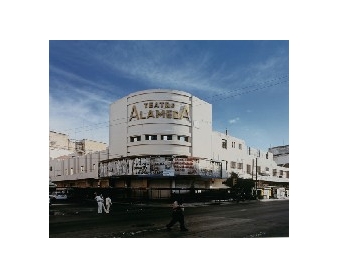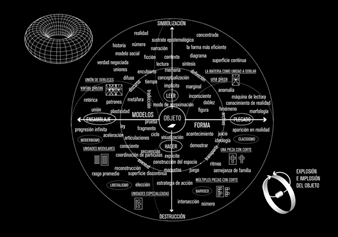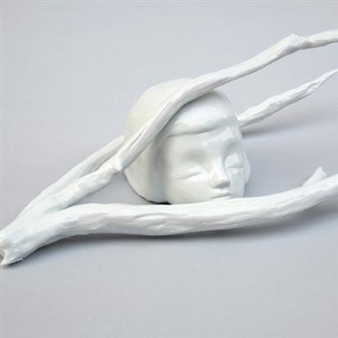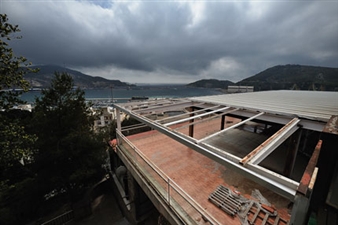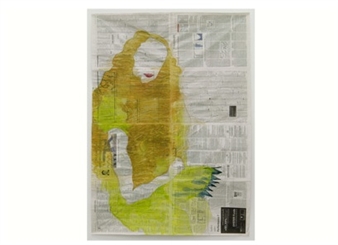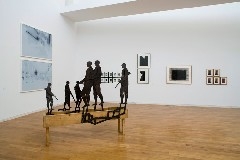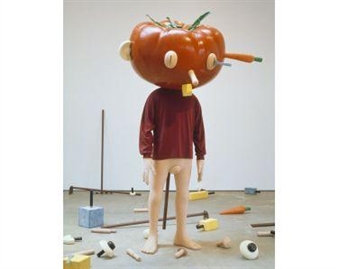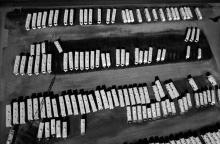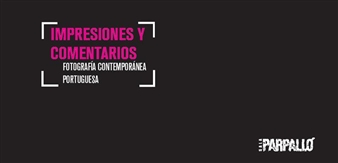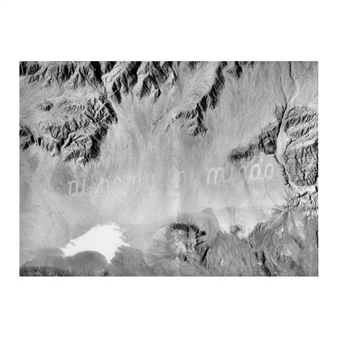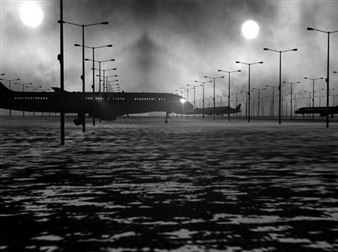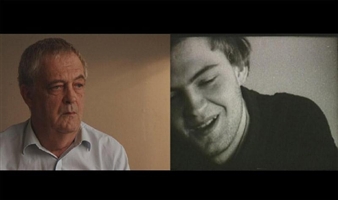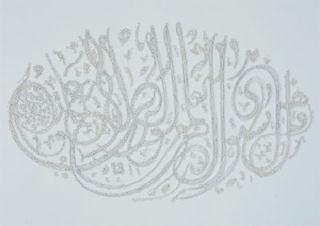Provincia 53. Art, Territory and Decolonization of Western Sahara
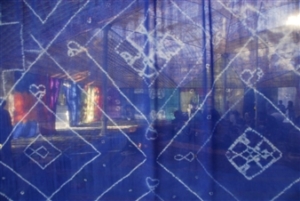
Castilla y Leon, León, 09/16/2017 - 02/04/2018
Avenida de los Reyes Leoneses 24
Provincia 53. Art, territory and decolonization of Western Sahara is a selection of art and culture on the region known as the Western Sahara which reflects on this conflict from the aesthetic, educational and political meanings of the concept of territory. In 1961, the so-called Spanish Sahara became a Spanish province, number 53. In the face of UN demands to decolonize the territory, the government of the Spanish dictatorship was trying to legitimize its occupation by converting it from a colony into a province. In 1974, Spain announced its withdrawal as well as a referendum which never took place. Following dictator Franco’s death and the organization of the Green March, the Western Sahara was invaded by Morocco and Mauritania. The creation of the Sahrawi Arab Democratic Republic (SADR) was unable to stop the invasion. An armed conflict with the Polisario Front, legitimate representative of the population of the Western Sahara, erupted in 1976 and would last until 1991 when the UN declared a cease fire and deployed the MINURSO (UN Mission for the Referendum in Western Sahara). The Baker Plan (Peace Plan for Self-Determination of the People of Western Sahara) was presented in 2003 and a referendum for auto-determination announced, which Morocco rejected. In 2010, the “dignity camp”, a peaceful protest to raise awareness of the plight of the Sahrawi people, was begun in Gdeim Izik in the outskirts of the city of El Aaiún. It was attacked and destroyed by the Moroccan armed and police forces, and the event is considered to be the beginning of the Arab Spring. The Sahrawi people have meanwhile been living in occupied territory, in refugee camps in Algeria, and exiled in the diaspora, under conditions of statelessness, maintained by international aid, awaiting the day their lands are returned to them.
Provincia 53 is the first exhibition on modern day Western Sahrawi culture to be organized in a Spanish visual arts museum. With this leitmotif as a starting point, a subjective narrative is created from its colonial past and global present which intends to question the mechanisms of control, power and repression which have taken place in this geographic area from the end of the 19th Century until today. An analysis of the social and cultural realities of the Sahrawi people is carried out through the study of artworks which, at the same time, reflect upon the concept of territory as a portion of the earth’s surface belonging to a community or nation in exile, as well as a field or area of activity. This calls into question the failed process of decolonization which continues in the present day. The chosen body of works intends to go beyond the “metanarrative” built around the Sahara and its epic tale, which has forged a highly ethical and aesthetically charged myth but which holds no critical value.
